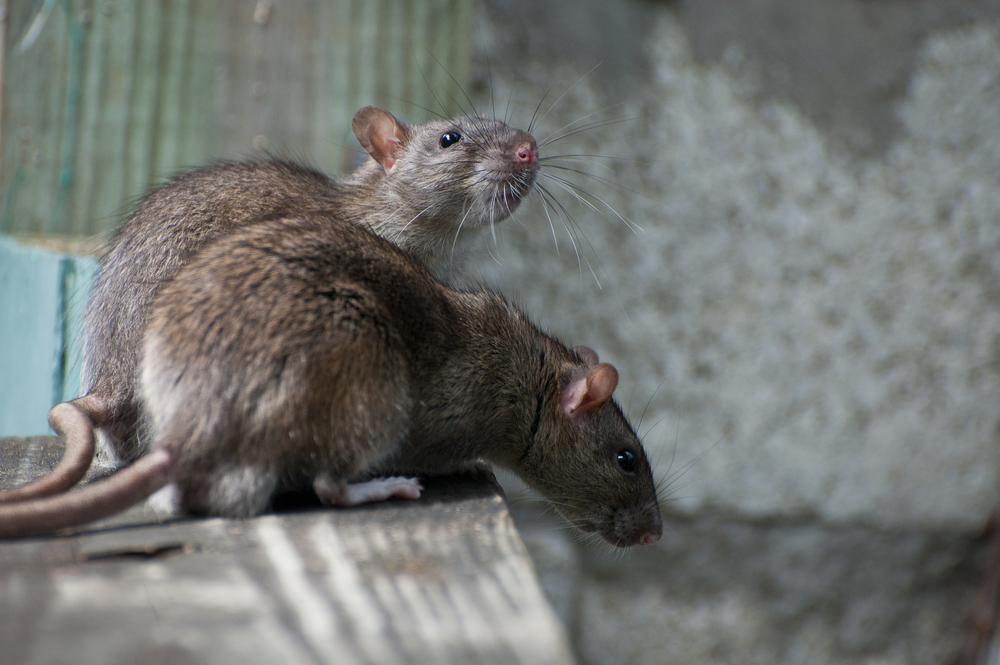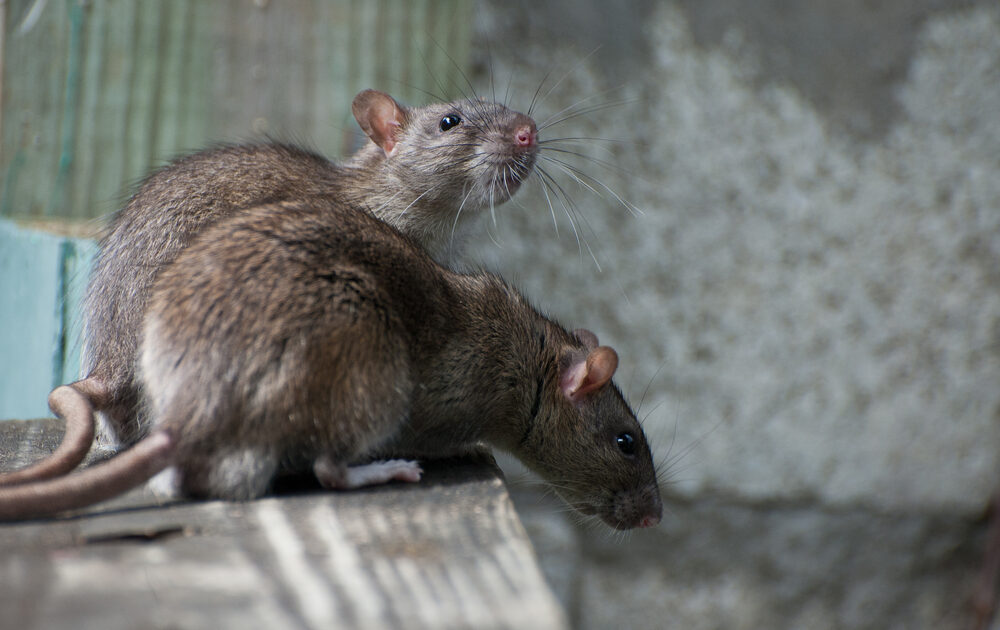Because rats are nocturnal, they’re mostly active at night. Not only can they damage the structural integrity of your property, but they can also contaminate your food and carry harmful diseases. Here’s what you need to know about rats and how wildlife control in Okanagan can help if you have an infestation.
Where Do Rats Hide?
Rats can enter homes through various cracks, holes and spaces under garage doors. They’re flexible animals, which means that they’re skilled at pushing themselves through extremely small entrances. Once inside a home, rats will build their nest out of soft materials such as insulation, cardboard boxes or cotton. Rats want to be near a food supply and adequate airflow, which means that they tend to build their nests in:
- Closets
- Cabinets
- Crawl spaces
- Basements
- Attics
- Air ducts
Rats are social creatures, which means that they’ll use the nighttime to play, feed, work or explore your home. They’ll use this time to damage the structural integrity of your home by gnawing on wooden structures, such as doors and ledges, and tearing up insulation in walls.
How Do You Know You Have an Infestation?
You probably won’t be awake during the night to catch rats at work, but there are still several signs of an infestation that you can look for during the day. Urine and droppings are two of the most obvious clues. Considering that a single rat leaves about 30 to 55 droppings in one day, you’ll probably find them all throughout your house, from kitchen pantries to cupboards. Rat urine has a strong, musky odour, while droppings are about the size of a raisin and pointed at the end.
If you find rat droppings in your house, don’t try to clean them up. These droppings can contain various diseases, such as hantavirus pulmonary syndrome, that can spread to humans through touch. Be sure to contact wildlife control in Okanagan to safely eliminate them.
In addition, hearing scratching, chewing or scurrying sounds coming from inside walls or ceilings is another sign that you have a rat infestation. If you’re unsure about the source of the sound, you can tap on the wall or ceiling where the noise is coming from. If the sound stops but resumes soon after, this can be a sign that there are rats living in your home.
If you hear gnawing noises, these are probably from rats chewing through various materials. While this is partly to gain access to food or gather material to build a nest, it’s mainly because rodent teeth never stop growing. Rats have to continually chew to keep their teeth filed down, or else they would become so long that the rats would no longer be able to eat.
What Should You Do if You Suspect an Infestation?
Although rats have poor eyesight, they make up for it with strong senses of smell, taste, touch and hearing. This allows them to memorize your home’s pathways and learn to avoid traps. This is why it’s so important to contact a skilled professional rather than trying to tackle the problem on your own. Mice are extremely clever and resourceful, often finding new ways to make themselves at home on your property. Not to mention, they also reproduce fairly quickly. While you may believe that you’ve gotten rid of the last of the rats in your home, it may just be that those remaining have learned to avoid your traps.
At Skedaddle, we can safely and humanely remove rats from your home without putting you or your family at risk. With wildlife control in Okanagan, we can give you the confidence that your rat infestation will be eliminated, leaving your house looking brand new. Call Skedaddle today to learn more about our rat removal solutions.




